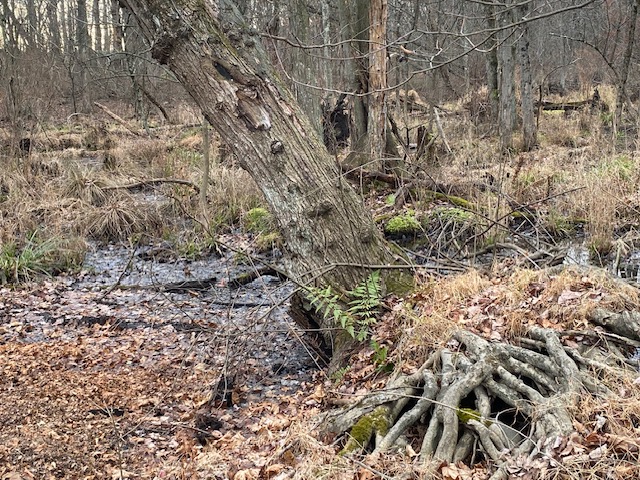On May 25, by unanimous decision, the US Supreme Court reversed decades of federal wetlands regulations to include only those wetlands that have a continuous surface connection to waters of the US and are indistinguishable from those waters. Most wetlands have no continuous surface connection to waters of the US , or they are readily distinguishable from them. This will leave a vast swatch of the nation’s wetlands without protection under federal law, making forested and coastal plain wetlands, wet meadows, and other wetlands with significant ecological and sociological values vulnerable to development.
Wetlands, including those that are seasonally, not permanently, flooded perform critical ecological functions and provide important societal values that make them worthy of protection. They recharge water supplies and filter toxins and pollutants from the water. They reduce flood risks, help minimize sedimentation of navigable waters and ports, and provide invaluable wildlife habitat. Wetlands also present unique opportunities for passive recreation, education, and scientific research.
The Clean Water Act, enacted in 1972, protects the navigable waters of the US. Its regulations are drafted and enforced by the US Army Corps of Engineers and the US Environmental Protection Agency. In 1977, those regulations were amended to include protection for all waters and wetlands that eventually flow into tidal wetlands, and also to provide for states to assume implementation of the CWA rules. Federal wetlands regulations were expanded in 1985 to include wetlands adjacent to headwater streams, and then again in 2000 to include ephemeral streams and drainage ditches that connect wetlands. A 2006 court ruling extended regulation to isolated wetlands adjacent to regulated wetlands or waters that have a rational nexus to waters of the US. The May 25 Supreme Court decision would revert Army Corps and USEPA jurisdiction to only those originally protected in 1972.
Twenty-eight states have enacted their own laws that protect wetlands to various degrees. Those 22 states that rely solely on the CWA to protect wetlands must move quickly to adopt their own wetlands protection laws, or risk losing many, if not most of them. Additionally, those states that have existing laws should examine them to ensure that all wetlands are adequately protected; for example some state laws protect only tidal wetlands. Failure to act quickly may result in a massive loss of wetlands, along with all those functions and values the provide. For that we will all pay the cost, now and into future generations.


